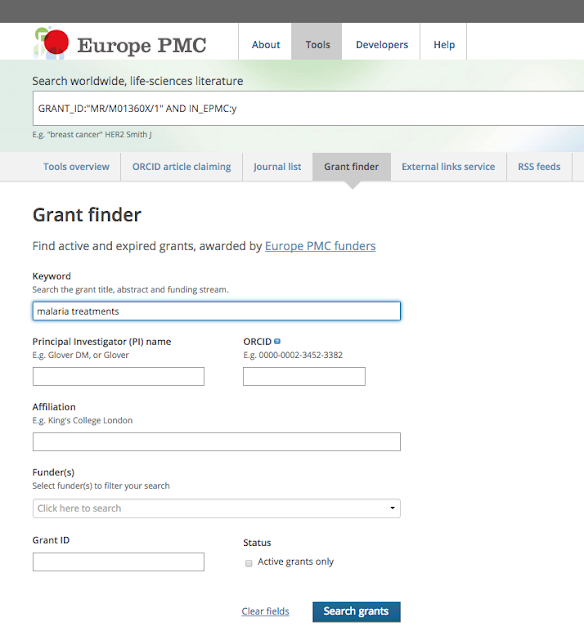[It’s time to embrace change. Today Europe PMC proudly unveils a new website, packed with useful features. ]{style=“font-family: "arial"; font-size: 11pt; vertical-align: baseline; white-space: pre-wrap;”}[The improved Europe PMC offers a better search and reading experience, as well as better access to data.]{style=“font-family: "arial"; font-size: 11pt; white-space: pre-wrap;”} []{style=“font-family: "arial"; font-size: 11pt;
[We are always listening to what our users have to say. And this week we are happy to present you a ]{style=“font-family: "arial"; font-size: 11pt; vertical-align: baseline; white-space: pre-wrap;”}[Beta version of Europe PMC]{style=“color: #1155cc; font-family: "arial"; font-size: 11pt; vertical-align: baseline; white-space: pre-wrap;”}[ with lots of improvements based on extensive user feedback. ]{style=“font-family: "arial"; font-size: 11pt;

[Reading scientific papers can be very time consuming. So you should not waste a minute searching for the relevant literature. Thanks to the cutting-edge search technologies Europe PMC helps you find facts and evidence in research publications in a blink of an eye. Search results now display snippets – highlights from the article matching your query.
[Modern scientists are busier than ever. Their typical days are filled not only with experimental work, but also with teaching, supervising, mentoring, grant applications, budget planning… The list goes on and on. No wonder there is barely any time left to stay on top of the field. Keeping track of published literature is made easier by following these simple tips:]{style=“font-family: "arial"; font-size: 11pt;
[Imagine you are exploring a new topic. You start by searching for relevant papers in the field. You type your query, click the search button, and end up with thousands of scientific articles, waiting to be read. How do you identify which papers to focus on?]{style=“background-color: transparent; color: black; font-family: "arial"; font-size: 11pt; font-style: normal; font-variant: normal; font-weight: 400; text-decoration: none;

“Any sufficiently advanced technology is indistinguishable from magic.” – Arthur C. Clarke Sometimes the changes we release on Europe PMC are not immediately obvious! For the last few months we’ve been working hard to migrate our search to a technology called Solr.

We’ve recently launched a re-designed Grant Finder on Europe PMC. You can use the Grant Finder to search over 56,700 biomedical research grants, awarded to the 23,000 Principal Investigators supported by the 26 Europe PMC funders. Learn 5 ways to use the new Grant Finder: 1. Find a collaborator As a researcher, or student, you can find potential collaborators / PIs working in a related research area.

[Europe PMC Bookshelf provides free online access to books and documents in life sciences, healthcare and medical humanities. It includes full text reports from government agencies, like the UK’s National Institute for Clinical Excellence (NICE) and the US’s Agency for Healthcare Research and Quality, and content allowed by participating publishers.

[Title quote from ‘Sonnets from the Portuguese’, Sonnet 43, by Elizabeth Barrett Browning.]{style=“font-family: "helvetica neue" , "arial" , "helvetica" , sans-serif;”} [Our relationship with ORCID personal identifiers blooms in a number of ways:]{style=“font-family: "helvetica neue" , "arial" , "helvetica" , sans-serif;”} [ ]{style=“font-family: "helvetica neue" , "arial" , "helvetica" , sans-serif;”} [ ]{style=“font-family:

[Europe PMC has added protein and chemical structures from Protein Data Bank (PDB) and ChEBI via the BioEntities tab.]{style=“font-family: "helvetica neue" , "arial" , "helvetica" , sans-serif;”} [ ]{style=“font-family: "helvetica neue" , "arial" , "helvetica" , sans-serif;”} [There are some amazing examples in this paper, which was a collaboration between scientists in America, the Netherlands and UK:]{style=“font-family: "helvetica neue" ,